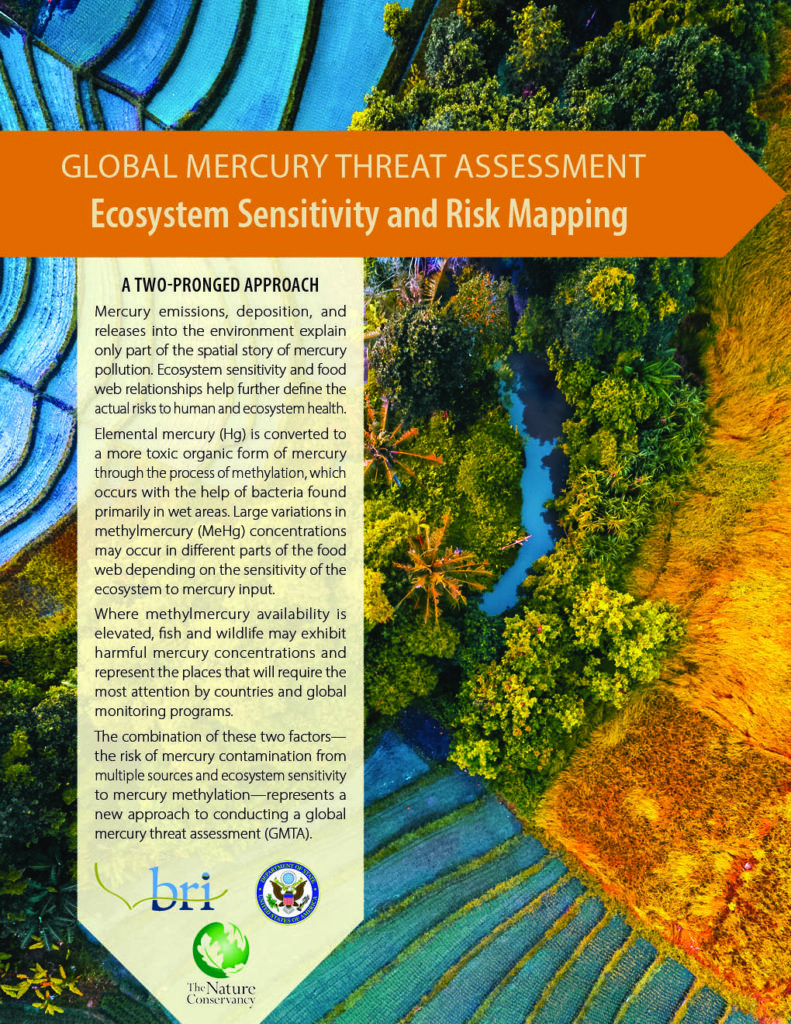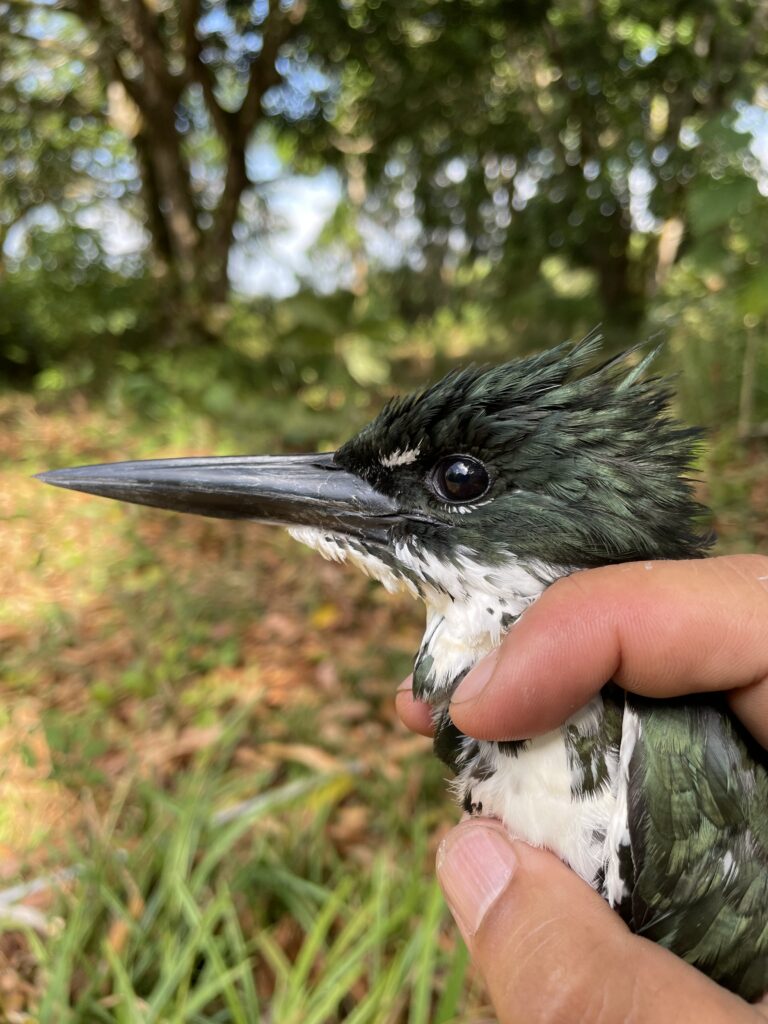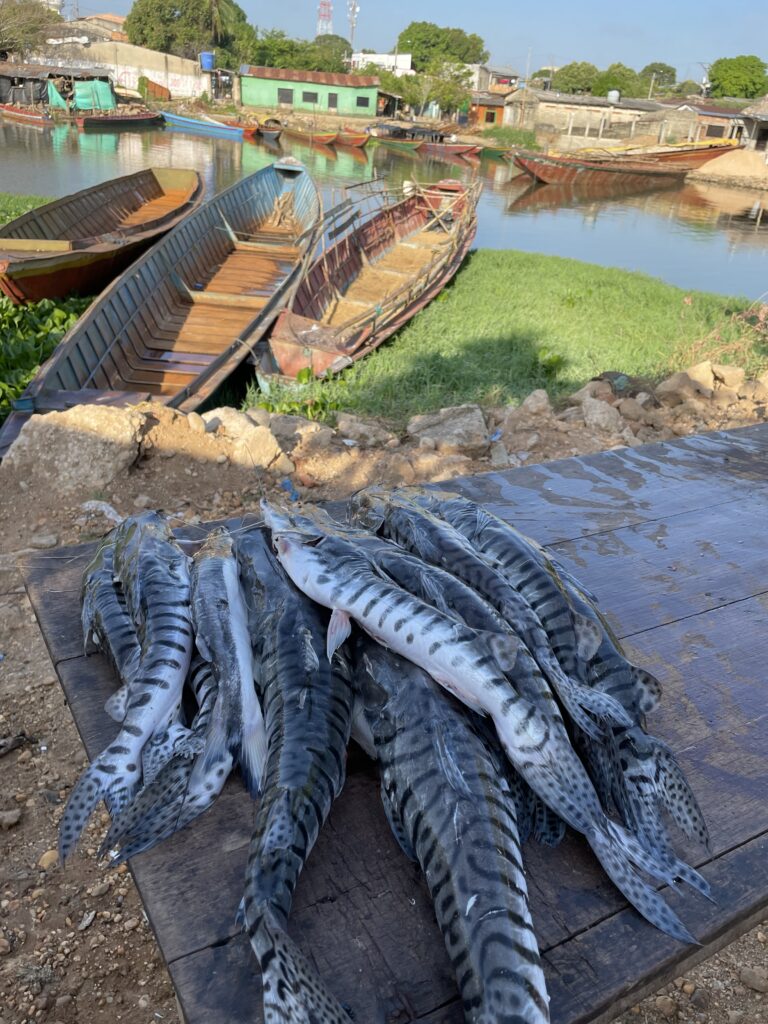Why a Mercury Monitoring Network?
A Mercury Monitoring Network is important for helping countries that have ratified (or wish to ratify) the Minamata Convention on Mercury to meet their obligations and effectively implement its provisions. Mercury emissions, deposition, and releases into the environment explain only part of the spatial story of mercury pollution. Ecosystems sensitivity and food web relationships help further define the actual risk to human and ecosystem health.
The development of an integrated network of toxicology laboratories will:
- Help facilitate countries with limited resources to be more efficient in evaluating the effectiveness of the Minamata Convention.
- Provide a way for countries to coordinate information about mercury in seafood for human and ecological health purposes, and to help build capacity within the region to make independent assessments.
- Help assist countries with sustainable economic activities related to seafood resources.
- Provide assistance to build capacity for relevant Ministries to protect human and ecological health.
Mercury Monitoring in Colombia
Colombia has one of the highest emissions of mercury (Hg) in the environment, due to its use in gold mining. The Mojana region, located in Northwest of Colombia, is under strong anthropic pressure from the discharges of Hg and other heavy metals transported by the Cauca River from artisanal gold mining processes located in the departments of Bolívar and Antioquia, connected to the Mojana region.
The population in the region reaches almost half a million people and there are about 35,000 people dependent on fishing, making fish the most important source of protein supply for the inhabitants of the shores of wetlands, marshes and streams. According to the United Nations Development Programme (UNDP), in the coastal populations of Colombia, 90% of the animal protein consumption comes from fish, mainly as the result of very low access to other types of proteins. Fish and wildlife provide important information on the environmental impacts of mercury pollution and potential risks related to human health.
View slide show of work in Colombia below:
Photo 1: Kingfisher (Chloroceryle amazona) in hand
Photo 2: Wattled jacana (Jacana jacana) in head
Photo 3 & 4: Long-whiskered catfish (Pseudoplatystoma fasciatum, Sorubin cuspicaudus) for sampling

Resources and Publications
- Global Mercury Threat Assessment
- Caribbean Mercury Monitoring Network Report
- Mercury in the Global Environment
- Local, Regional, and Global Biomonitoring: Understanding Mercury Exposure through Monitoring At-risk Species
- Global Mercury Monitoring in Biota (8-page summary)
- Phasing Out/Phasing Down Mercury-added Products: What to Know about Consumer and Commercial Products Outlined in the Minamata Convention
Photo Credits: Header photo © Korik Vargas; Slideshow photos © Korik Vargas






